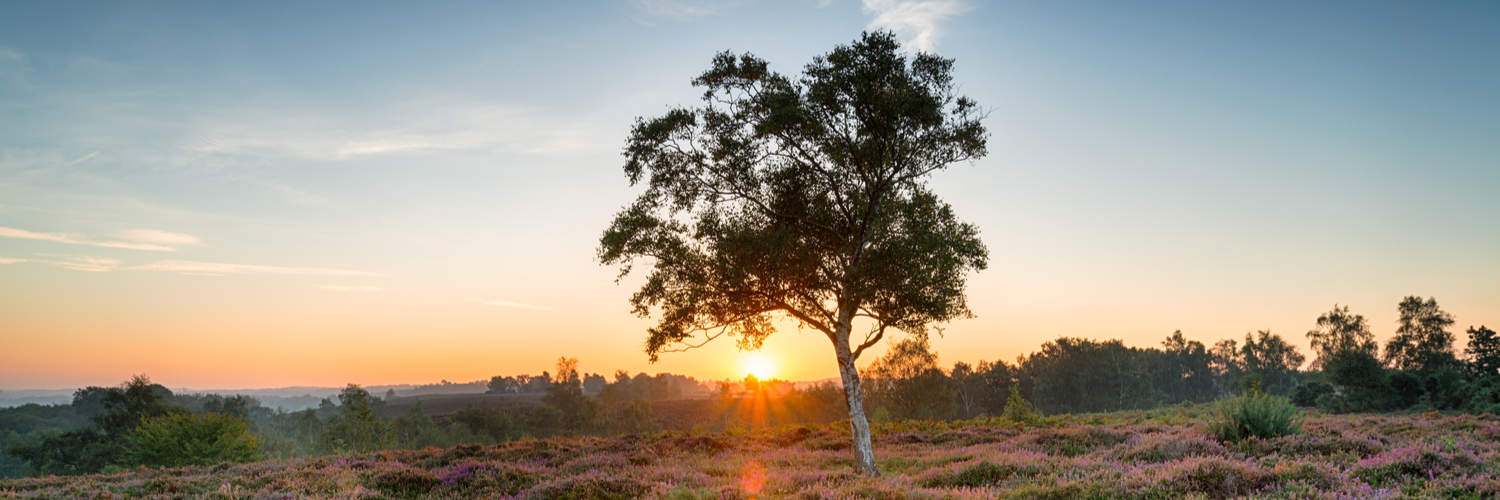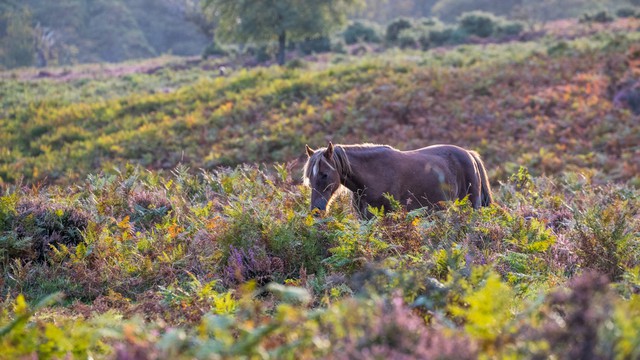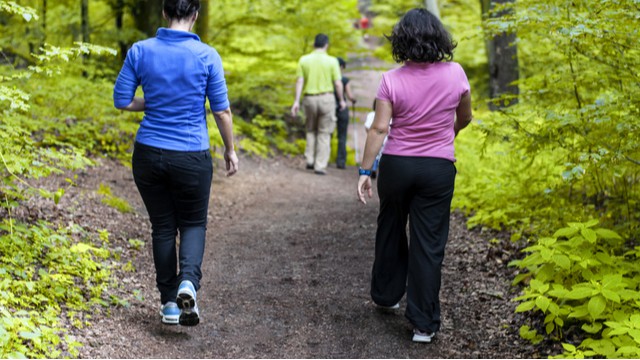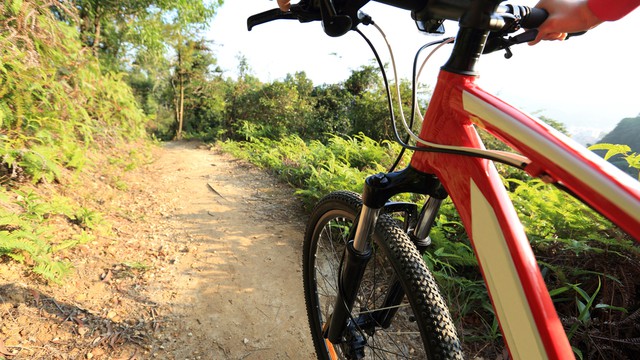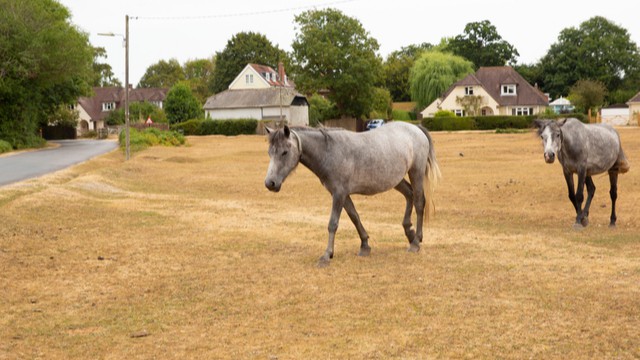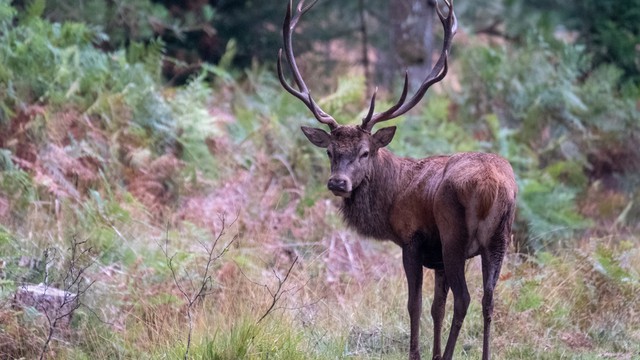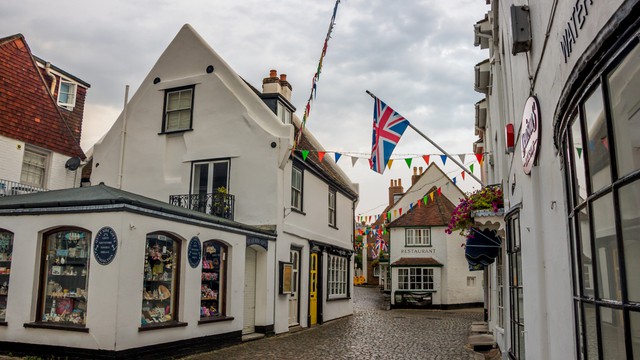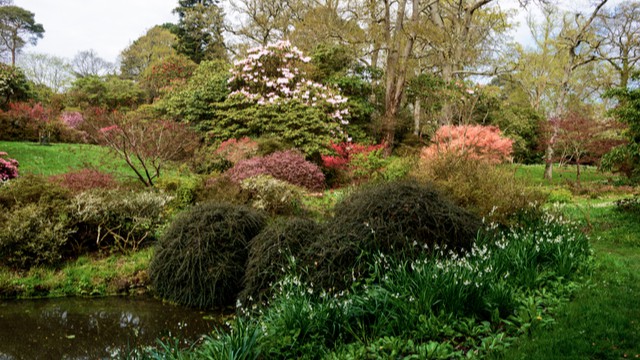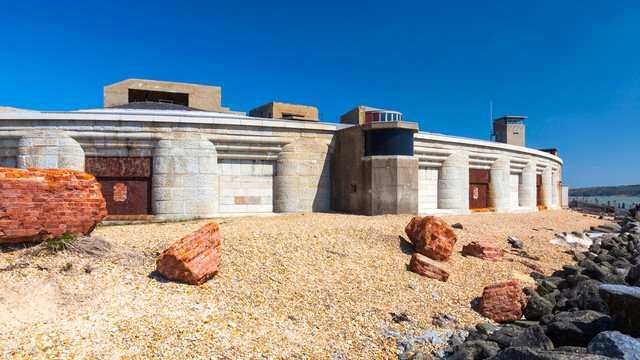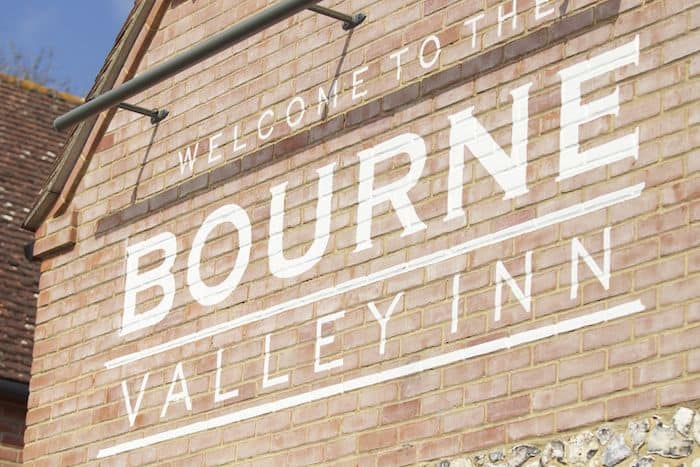An Introduction To The New Forest
Created in the 11th century by William the Conqueror and designated as a national park in 2005, the New Forest combines its natural appeal with a long and interesting history.
While the majority of this Site of Special Scientific Interest falls within the borders of Hampshire, a small area in the north east crosses the border into Wiltshire.
It attracts millions of visitors each year, all eager to explore the vast areas of heathland and forest, while hoping to catch a glimpse of the many rare species of animals that live here.

